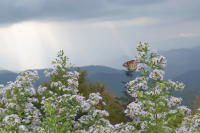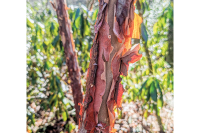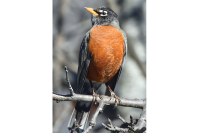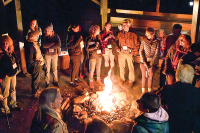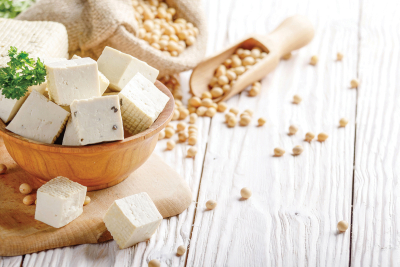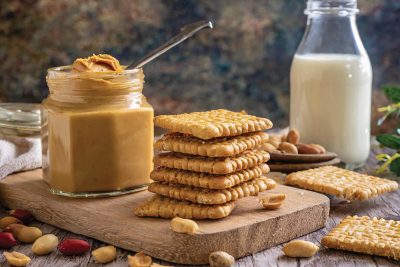Notes from a plant nerd: Barking up the right tree
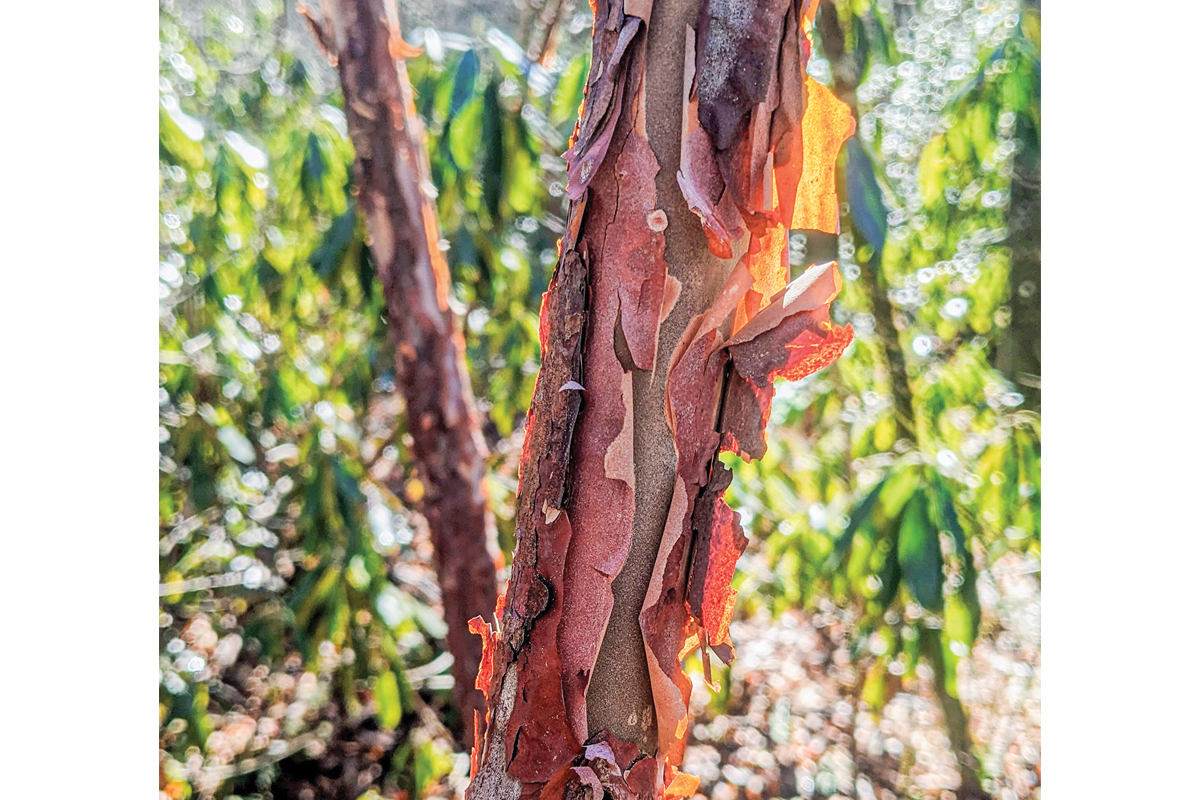 The cinnamon-bark clethra (Clethra acuminata) is known for its exfoliating, cinnamon-colored bark. Adam Bigelow photo
The cinnamon-bark clethra (Clethra acuminata) is known for its exfoliating, cinnamon-colored bark. Adam Bigelow photo
To get through the winter, some plants go underground to take advantage of the earth’s insulation, while others stay above ground and protect themselves in other ways.
These are the woody plants, and woody plants can be trees, shrubs or vines. Often the lines between those three forms can be blurry, but their bark is a reliable way to identify woody plants and tell them apart.
Bark is the general term for the outer layer of all woody plants and is comprised of both living and non-living plant tissue. It serves many functions, primarily as protection for the xylem, vascular tissue that transports water and nutrients up from the roots to the shoots, and for the phloem, which transports sugars and carbohydrates produced by the leaves during photosynthesis to the roots below the ground,. The way to remember the difference is with the phrase “xylem to the sky-em, and phloem to the floor-em.”
Bark protects the tree’s vascular tissue from insects, disease and even fire. Often trees that live where there is frequent fire develop thick and platy bark to help keep them from getting burned or losing water to the heat. Trees like pitch pine (Pinus rigida), sourwood (Oxydendron arboretum), certain oaks (Quercus spp.), among others, have developed thick, platy bark that low-temperature fires can’t damage.
The different colors, textures, patterns, thickness and shapes of bark can be very useful when trying to identify trees, especially in the winter. But learning these differences and relying on the bark characteristics alone can be tricky, especially when you learn that many trees change their bark as they mature, so much so that you would swear that you’re looking at two different trees when you see mixed-age examples.
Some trees have peeling, or exfoliating, bark that can be stripped off in layers. The bark of trees like sycamore (Platanus occidentalis), yellow birch (Betula allegheniensis) and shagbark hickory (Carya ovata) have distinctive peeling bark. Among my favorites is the beautiful exfoliating bark of the shrub called cinnamon-bark clethra (Clethra acuminata), with its multi-stemmed habit and the varying, almost camouflage patterns of reddish brown and cinnamon-colored layers. Woody plants with attractive bark are sought after in landscaping for their winter appeal. And while the bark of this clethra might look like cinnamon, it does not taste like cinnamon. I did that work for you. You’re welcome.
Related Items
Cherry trees and others in the Prunus genus have a distinctive horizontal line along their young to medium-aged bark that is called a lenticle. These cigar-shaped or lens-shaped lenticles are actually porous openings into the inner bark that allow for atmospheric gas exchange. They are also distinctive enough to be used in identification. Sweet birch trees (Betula lenta) also have lenticels, which not only account for their specific epithet of “lenta” but also provide one of its other common names, cherry-bark birch. You can even make out the latent lenticles on mature cherry bark that has turned thick and platy with age.
And of course, you can always tell a dogwood by its bark…sorry, was that a ruff joke? It used to be a corny joke, until the scientists changed the genus name of dogwoods from Cornus to Swida, Benthemidia, and/or Chamaepericlymenum. And there is nothing funny about Chamaepericlymenum.
(Adam Bigelow lives in Cullowhee. He leads weekly wildflower walks most Fridays and offers consultations and private group tours through Bigelow’s Botanical Excursions. This email address is being protected from spambots. You need JavaScript enabled to view it..)





